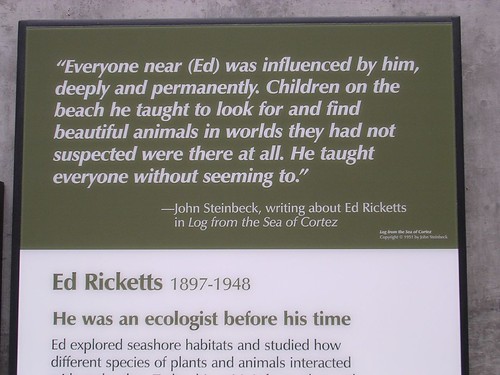This is such a slender, easy-to-read sliver of a novel, I have to stop myself from pouring through the whole thing in one sitting. I’m trying to savor it, but really, I suck at prolonged gratification. I’ll be lucky if I make it last beyond tonight. But I'll keep posting and discussing it until I can cajole a few more of you, dear readers, into joining me. ;)
On the selection of a text: I heartily recommend the
1994 Penguin edition, 0140187375. Although I wasn't inspired by the cover image, it includes a very good introduction by Susan Shillinglaw. She makes lots of comparisons between CR and M-D, so I instantly like her and CR all the more.
And, speaking of M-D, the first chapter is very call-me-ishmael in that you are well aware that
a. you’re about to read a classic novel by
b. a classic writer, so
c. your expectations are really high and actually you’re not even looking to be impressed (how could you be),
but then you read the first chapter, and you realize you’ve stopped breathing. Brilliant writing will always thrill us, because brilliant writers are able to capture something beyond our expectations. When it works, it’s magic.
Ok, back to the first and last lines of chapter 1:
First line (which I remember reading on walls and murals Monterey):
“Cannery Row in Monterey in California is a poem, a stink, a grating noise, a quality of light, a tone, a habit, a nostalgia, a dream.”
Last line (which almost brought me to tears…this is when I at once miss writing terribly but also remember how freakin’ hard it is to do well…it’s not something you can plow through or gut out…it’s a weird mix of finesse, strength, patience, self-confidence, endurance, luck, love, and fear)
“How can the poem and the stink and the grating noise--the quality of light, the tone, the habit and the dream--be set down alive? When you collect marine animals there are certain flat worms so delicate that they are almost impossible to capture whole, for they break and tatter under the touch. You must let them ooze and crawl of their own will onto a knife blade and then lift them gently into your bottle of sea water. And perhaps that might be the way to write this book--to open the page and to let the stories crawl in by themselves.”
How do you write about a place and people who are so close to you and yet not mangle them or treat them too kindly and in either respect, create a caricature of what you found compelling and attractive, warts and all?
Steinbeck wrote, "I love the Monterey county out of all proportion to what it is." (According to Shillinglaw's intro.) I wonder what it means for someone like Steinbeck who wrote with such a carefully trained observing eye, and could disect the world and the animals (including people) within with scientific precision, to acknowledge an illogical infatuation and deep love for a place and the people who lived there.
Shillinglaw continues, "So the long saga of the Monterey material may well be, as it evolves, a love story, first about a place and then about the man who contained all the energy and mystery and creativity that that place signified for Steinbeck, Edward Flanders Ricketts."
And this is part of what I love about this book. It touches on what is horrible and lovely about how connected and dependent we are on each other--particularly on those few people we meet in life that not only contain all the energy, mystery, and creativity for which we ache, but some how seem to draw the same out of us.

Image taken at the Monterey Bay Aquarium

